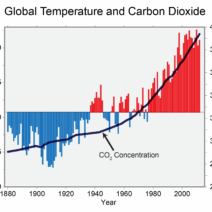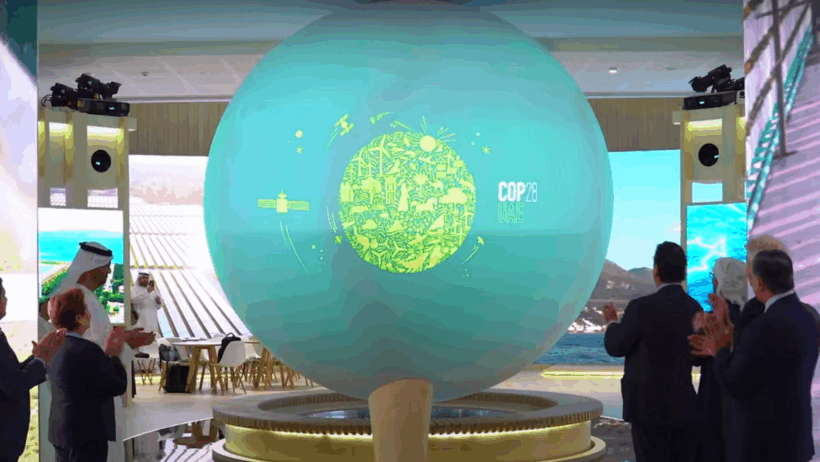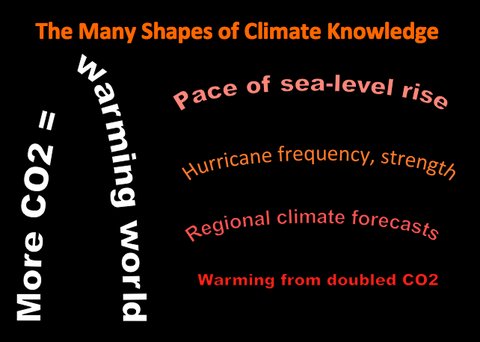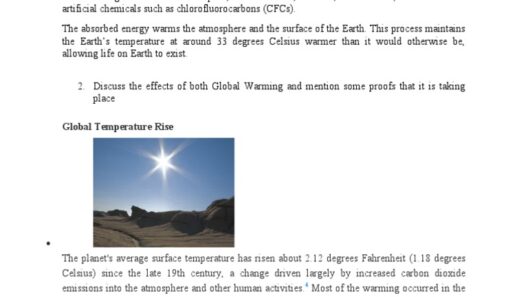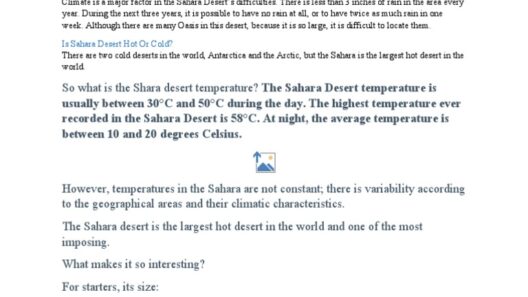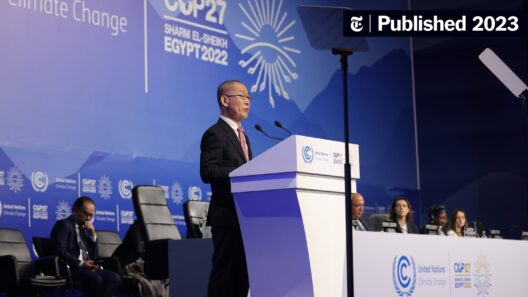As the impacts of climate change become ever more visible, the notion of a “climate clock” has emerged as a compelling metaphor for the urgency of action. This clock symbolizes the finite time we have to avert catastrophic consequences resulting from global warming. The looming question becomes: What if the climate clock hits zero? This hypothetical scenario necessitates a comprehensible understanding of the implications of inaction in the face of climate change.
At the core of the climate clock concept is the realization that time is running out to limit global temperature rise to 1.5 degrees Celsius above pre-industrial levels. The Intergovernmental Panel on Climate Change (IPCC) asserts that crossing this threshold could unleash a cascade of catastrophic climatic events. To appreciate the repercussions, it is crucial to analyze various factors including extreme weather events, biodiversity loss, sea-level rise, and socio-economic ramifications.
Extreme Weather Events
One of the immediate consequences of exceeding the climate threshold would be an increase in the frequency and severity of extreme weather events. Hurricanes, wildfires, floods, and droughts would become more commonplace, leading to substantial loss of life and property. Historical data correlates the rise in global temperatures with the intensification of these phenomena, as a warmer atmosphere can hold more moisture, exacerbating rainfall and storm intensity.
Biodiversity Loss
The biodiversity crisis cannot be overlooked as the climate clock ticks down. Many species are already struggling to adapt to rapidly changing environments. As habitats shift or disappear altogether, extinction rates are projected to rise dramatically. According to scientists, approximately 1 million species are at risk of extinction due to climate-related factors. This biodiversity loss would destabilize ecosystems, affecting services that are vital for human survival, such as pollination, clean water, and carbon storage.
Sea-Level Rise
Another pressing consequence of reaching the climatic tipping point is the accelerated melting of polar ice caps and glaciers, leading to significant sea-level rise. Projections estimate that if global temperatures continue to rise unchecked, sea levels could increase by more than two meters by the end of the century. Low-lying coastal regions would face submersion, displacing millions of people and sparking geopolitical crises as nations grapple with climate refugees and resource scarcity.
Socio-Economic Ramifications
The economic implications of a climate crisis are profound. Increasing frequency of natural disasters would place enormous strains on infrastructure and emergency services, raising costs for governments and taxpayers. Agriculture, a backbone of local economies, would face disruptions due to erratic weather patterns and reduced water availability. As productivity declines, food prices are likely to soar, exacerbating poverty and hunger in vulnerable regions. This chain reaction of socio-economic destabilization could lead to civil unrest, migration, and conflict over dwindling resources.
Public Health Challenges
Public health may also be severely impacted. A warmer climate heightens the risk of heat-related illnesses and exacerbates respiratory conditions due to poor air quality. Furthermore, the proliferation of vector-borne diseases, such as malaria and dengue fever, could escalate as the habitats of disease-carrying insects expand. Underfunded healthcare systems could struggle to manage the surge in illness, particularly in developing countries ill-equipped to handle such crises.
Global Inequality
It is vital to acknowledge that the consequences of climate change are not distributed evenly. Vulnerable populations—particularly in the Global South—are disproportionately affected by climate impacts despite contributing the least to greenhouse gas emissions. If the climate clock hits zero, the gap between affluent and disadvantaged communities will likely widen, leading to existential challenges in equity and justice. Addressing the climate crisis demands an unwavering commitment to uphold human rights and environmental stewardship, ensuring that all communities are supported in adaptation and resilience efforts.
Mitigation and Adaptation Strategies
In light of these dire prognostications, it is essential to explore potential mitigation and adaptation strategies that could be employed to avert the clock from striking zero. The transition to renewable energy sources—solar, wind, and hydropower—offers a pathway to significant emissions reductions. Energy efficiency and conservation also play pivotal roles in curtailing demand for fossil fuels.
Forestry management and reforestation efforts can restore ecosystems, increase carbon sequestration, and bolster biodiversity. Additionally, urban planning that prioritizes green spaces and sustainable transportation can mitigate urban heat islands and enhance community resilience. Investment in adaptive infrastructure such as flood defenses and water catchment systems will be essential for protecting against climate impacts.
Conclusion
The metaphorical climate clock serves as a stark reminder of the urgency with which we must address climate change. The potential ramifications of allowing the clock to hit zero are profound and multifaceted, intimately affecting ecosystems, economies, and human health. Understanding these consequences reinforces the importance of collective action to reshape policies, rethink consumption patterns, and foster an equitable transition towards sustainability. Every fraction of time counts. Embracing proactive measures could not only stave off disaster but pave the way toward a more resilient, just future for all.


